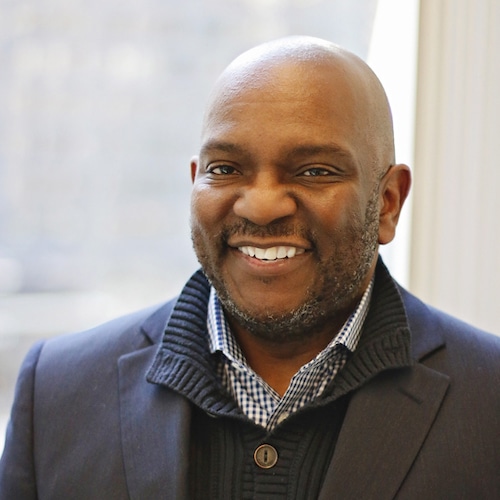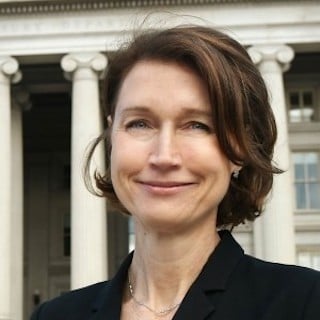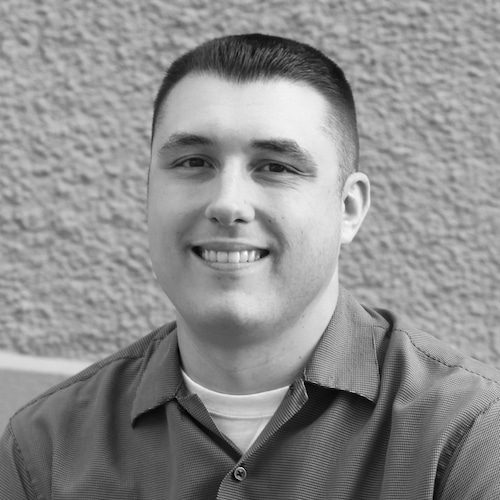
Pittsburgh, a beautiful city at the confluence of three rivers, once had twice the population it has now. De-industrialization and loss of employment, namely the collapse of the steel industry, saw a rapid decline in population during the 1980s. A wealthy industrial history left Pittsburgh rich with culture and endowed with medical centres, museums, parks and research centres, but a shrinking population brought with it an economic trough.
Since then there has been an amazing transformation. The economy has diversified – regionally as well as locally – and there are now five new primary industry sectors: financial services, IT, energy, advanced manufacturing and healthcare. This diversification is especially important in making a robust economy that can withstand recessionary periods.
Still, for Pittsburgh and the region, lack of population growth is holding back an expansion in the economy.
How do you help an economy expand?
One person, Lance Chimka, thinks about this 24/7. Lance is director of Allegheny County’s Economic Development Department in Pittsburgh. They have a mission to work on the macro economic health of the city and the region. Lance is optimistic about the future of the region’s economy. And he is squarely focused on this goal – to build a diverse and growing regional economy and to create healthy and vibrant communities.
The department invests in the areas of housing, industrial and commercial development, infrastructure development and parks and recreation to name just a few. In particular, Lance sees opportunity in the intersection points between AI, robotics and advanced manufacturing, and between energy and healthcare. And he has a personal goal too. He wants to make the public sector more user-friendly and more efficient and he intends to work on that as well.
“I am very project focused. And I believe that markets are built one great project at a time.” Lance Chimka.
Listen to my interview with energetic, people-focussed leader, Lance Chimka, to learn more.
Pennsylvania, Carrie Furnace by Randy Mower, CC BY-SA 4.0




